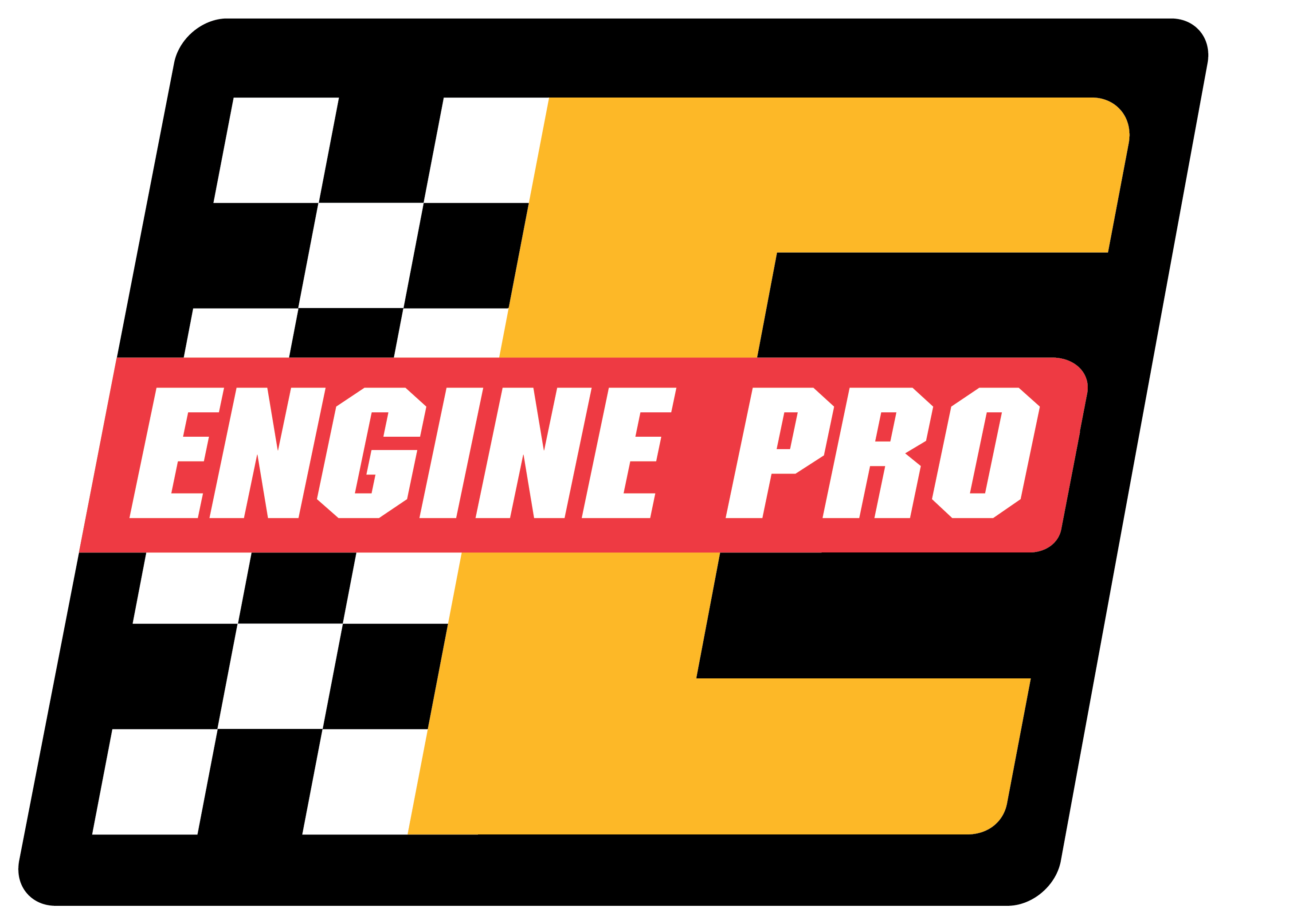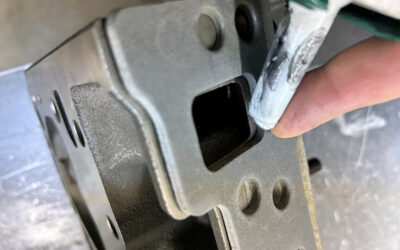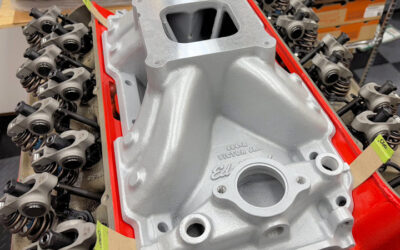FLATNESS AND SURFACE FINISH
Cylinder head and block flatness and surface finish are critical to proper head gasket sealing. The following general specifications cover both gasoline and diesel engines. Since bolt spacing, location of oil and water holes, pressures, etc. will vary from engine to engine, there will be exceptions where closer tolerances might be observed to properly seal an engine. — Out of flat conditions are usually associated with cylinder heads more than the cylinder block, but the sum of the two must be kept in mind and must not exceed the recommended specification. A maximum out-of-flat of .001” in any 3” diameter should not be exceeded. — SURFACE FLATNESS * Length Width —• 3 Cylinder and V6 Engines .003” .002” —• 4 Cylinder and V8 Engines .004” .002” — • In line 6 Cylinder Engines .006” .002” *Don’t forget, this is the sum of the values of the cylinder head and the block. *SURFACE ROUGHNESS (In microinchs. Ra is average roughness height) *Cylinder Heads or Blocks (Cast Iron or Aluminum) *Conventional gaskets – steel with fiber composite or expanded graphite layers: **• Maximum 100 Ra (Rougher surfaces limit gasket conformance) **• Minimum 40 Ra (Smoother surfaces increase tendency for gasket to flow Recommended range 60-80 Ra and **reduce the gasket’s blow out resistance.) **Rubber-coated Multi-Layer Steel (MLS) gaskets: **• Maximum 80 Ra ( moother finishes are desirable) **Typical OE MLS designs: **• Maximum 30 Ra **Note-Ra measures are taken with a Profilometer. The lower the value, the smoother the surface.
Engine Pro Tech Committee
February, 2017




